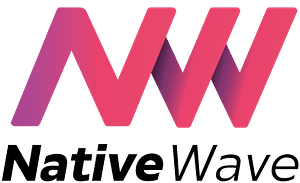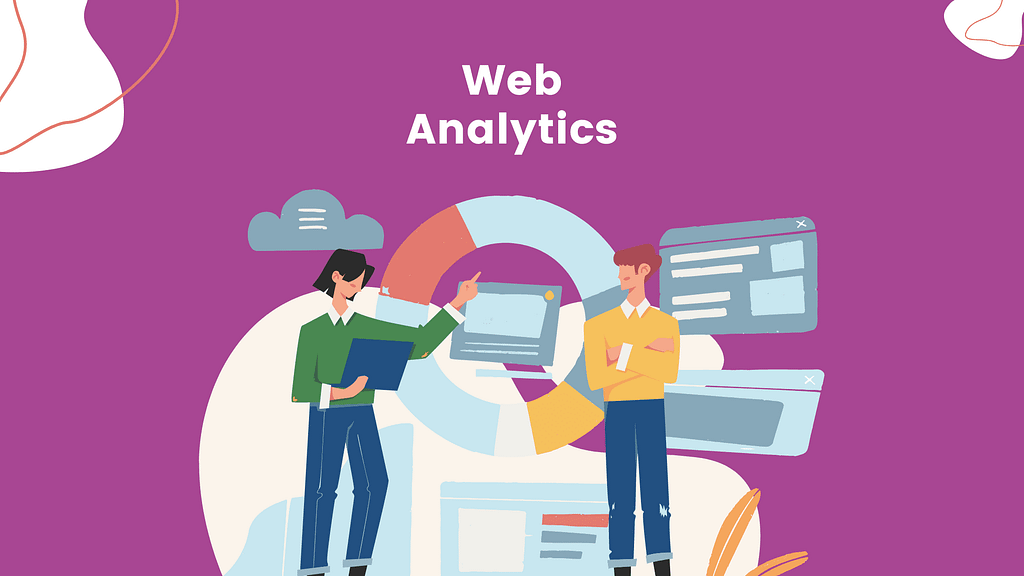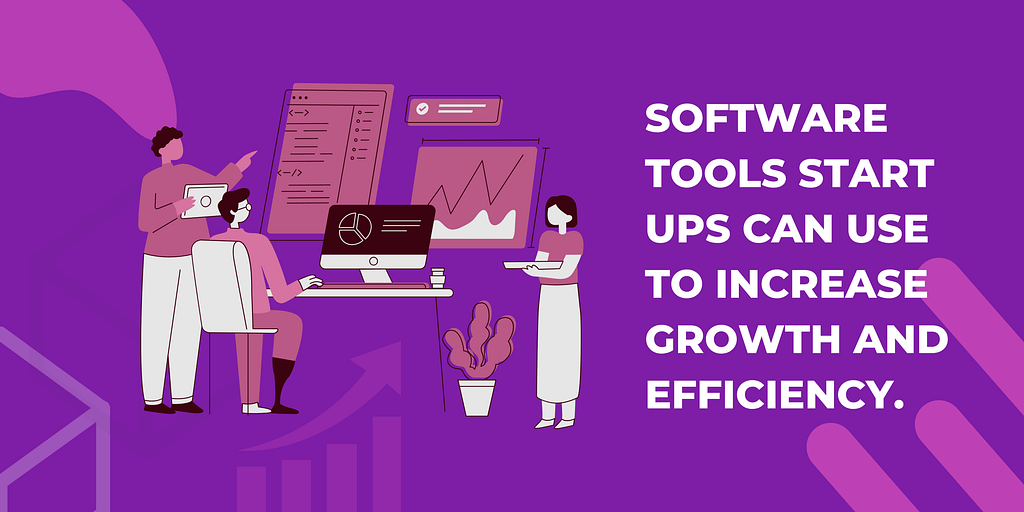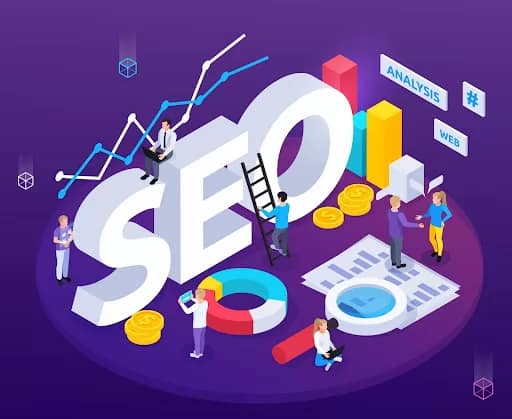Understanding Google Analytics: How to Use Data to Improve Your Campaigns
5 Min Understanding Google Analytics: How to Use Data to Improve Your Campaigns Written By Erick Kung’u Date 20 Apr 2023 Facebook native.wav3 Instagram native.wav3 LinkedIn native-wave Date 20 Apr 2023 Facebook native.wav3 Instagram native.wav3 LinkedIn native-wave In today’s digital world, every business strives to establish a strong online presence. And to do so, they need effective marketing campaigns to reach out to their target audience. But how do you assess the success of your marketing campaigns? Google Analytics holds the answer. Google Analytics is a free web analytics service that provides detailed insights into website traffic and user behavior. It is a powerful tool that allows businesses to track their online marketing efforts and optimize their campaigns for better results. In this article, we will go over the fundamentals of Google Analytics and how you can use its data to improve your marketing campaigns. Google Analytics Fundamentals Google Analytics collects information about user interactions with your website, such as page views, clicks, and conversions. It gives you a wealth of information about your website visitors, such as their geographic location, age, gender, interests, and the devices they use to access your site. You can gain insights into your audience’s behavior, preferences, and needs using this data. Google Analytics is simple to install and use. You must include a tracking code on your website, which will collect information about your visitors’ activities. Once you’ve configured Google Analytics, you can access the data via the Analytics dashboard, which displays a variety of metrics such as: The number of visits to your website in sessions. The number of unique visitors to your website (users). Pageviews are the total number of pages that have been viewed on your website. The percentage of visitors who leave your website after only viewing one page. Average session duration: The amount of time visitors spend on your website on average. Conversion rate: The percentage of website visitors who complete a desired Improving Your Campaigns with Google Analytics Let’s look at how you can use Google Analytics data to improve your marketing campaigns now that you have a basic understanding of it. Determine Your Target Audience One of the primary advantages of Google Analytics is that it allows you to better understand the demographics and interests of your target audience. This data can assist you in developing targeted campaigns that resonate with your target audience. By analyzing the data, you can determine your audience’s age, gender, and interests, and then tailor your messaging and targeting accordingly. Measure the Success of Your Campaigns Google Analytics gives you the ability to track the performance of your campaigns in real-time. You can see how many people clicked on your advertisements and how long they stayed on your website and whether they completed the desired action, such as purchasing something. You can identify which campaigns are performing well and which require improvement by tracking these metrics. Conversion Optimization for Your Website Google Analytics can assist you in determining which pages on your website are generating the most conversions. You can determine which pages are performing well and which require improvement by analyzing the data. You can also identify areas of your website where visitors are leaving, such as slow page load times. Enhance Your SEO Strategy Google Analytics can provide useful information about how people find your website. You can identify the keywords that are driving traffic to your site and optimize your content to rank higher in search engine results pages by analyzing the data (SERPs). Make Informed Decisions Using Data Finally, Google Analytics provides you with the data you need to make informed marketing campaign decisions. You can identify trends and patterns in the data and adjust your campaigns accordingly by analyzing it. You can also monitor the impact of changes to your website or campaigns to see how they affect your metrics. In conclusion, familiarizing yourself with Google Analytics can be highly beneficial as it offers a potent means to enhance the efficacy of your marketing endeavors and augment the overall functionality of your website. To delve further into ways of increasing your website’s visibility, explore additional resources and information available. Read More Understanding Google Analytics: How to Use Data to Improve Your Campaigns 5 Min Understanding Google Analytics: How to Use Data to Improve Your Campaigns Written By Erick Kung’u Date 20 Apr… The Ethics of Using AI in Marketing: Balancing Business Goals with Consumer Privacy 5 Min The Ethics of Using AI in Marketing: Balancing Business Goals with Consumer Privacy Written By Erick Kung’u Date… The Future of Content Creation: How Natural Language Generation is Revolutionizing Marketing. 7 Min The Future of Content Creation: How Natural Language Generation is Revolutionizing Marketing. Written By Erick Kung’u Date 13… Optimizing SEO with AI: The Future of Search Engine Marketing 7 Min Optimizing SEO with AI: The Future of Search Engine Marketing Written By Erick Kung’u Date 10 Apr 2023…
Understanding Google Analytics: How to Use Data to Improve Your Campaigns Read More »









